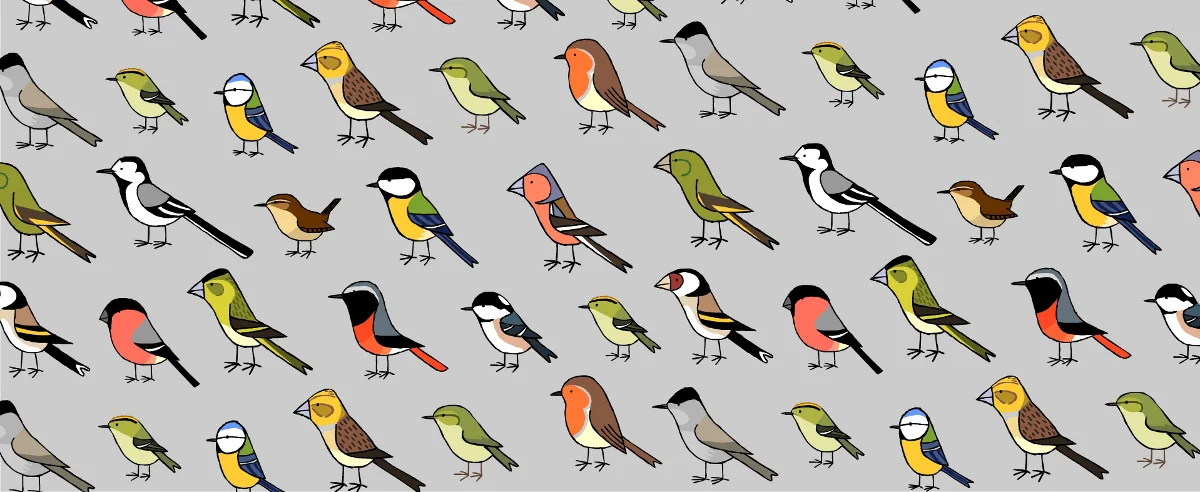To celebrate the increase in Goldfinch activity, today through Friday the 22nd save 10% on 20 lbs. and 10 lbs Finch Blend and 20 lbs. and 8 lbs. Fine Sunflower Chips
Bird Bio: Red-headed Woodpecker
Of all the woodpeckers that visit our feeders, this is perhaps the least common. Even the Pileated woodpecker seems to appear at feeders more. The Red-headed definitely relates to habitat that is a little different than the others, which is to say more open habitat relative to wooded areas with pine and cedar trees mixed with hardwood.
At the start of the breeding season, Red-headed Woodpeckers will move out of the forest interior and begin frequenting forest edges and areas of disturbed habitat. They will have up to two broods with a clutch size ranging from 2-10 eggs. Unfortunately, like the Red-bellied Woodpecker, they are prone to being out competed for their nest sites by the invasive European Starling.
Unfortunately, these striking members of the woodpecker family became scarce during the latter half of the twentieth century, with a population decline estimated at 54%. However, as we touched on recently, Red-headed Woodpeckers have been sited in numbers at locations where they would not have been previously expected such as the Natchez Trace Parkway and Radnor Lake. Montgomery Bell State Park, Bowie Nature Park in Fairview, TN and the campgrounds of Land Between the Lakes National Recreation Area have all been hotspots where one can typically see these gorgeous woodpeckers in numbers.



























